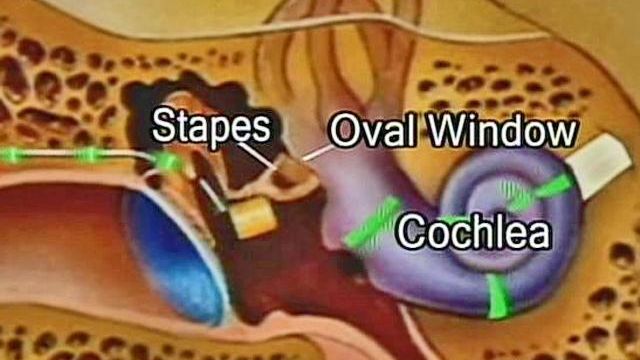Surgical implants can help when hearing aids can't
A new implant that is inserted surgically into the ear let one woman hear in surround sound again after many years.
Posted — UpdatedHearing aids are the solution for many people who experience hearing loss. The devices work by vibrating bones in middle ear to stimulate nerves in the cochlea, signals that the brain then interprets as sound.
But many people are never comfortable with hearing aids, or the devices simply don't work in their ears.
Dr. John McElveen, a ear, nose and throat doctor practicing in Raleigh, says such patients have a surgical option, called a Vibrant Soundbridge. The implant vibrates staples placed in a bone at a part of the chochlea called the oval window.
Deborah Stroud needed something to stimulate the cochlear nerves more directly, especially in her left ear.
"I had not heard any sound of any kind for 10 years," Stroud said.
The hair cells of her cochlea were gone, but the actual ganglion nerve cells were still there.
"It's just like a telephone where you cut the receiver, but the wiring is still there," McElveen said.
An electrode array is placed inside the cochlea. The newest processors are small enough to fit behind the ear with a magnetic contact under the scalp.
"(The device) takes the sound that we're speaking now; it changes it into electrical energy," McElveen said.
And when the doctor turned on the Vibrant Soundbridge? "I heard everything the audiologist said," Stroud said. "I started laughing; I started crying."
Stroud said the experience was a miracle "because I was at that point that my job was probably going to go away because I couldn't hear anything out of that ear."
And two months ago, she received another for her other ear.
"It's been many years since I've been able to hear in surround sound," Stroud said.
• Credits
Copyright 2024 by Capitol Broadcasting Company. All rights reserved. This material may not be published, broadcast, rewritten or redistributed.





